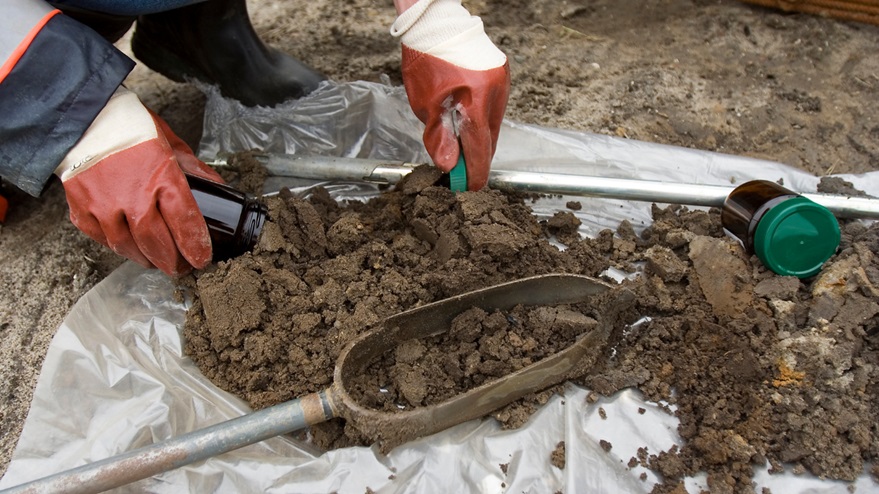When it comes to an understanding the composition and fertility of your soil, one of the most reliable methods is soil sampling. This simple process can be used to take a detailed look at the chemical and physical characteristics of soil, giving you invaluable insight into what’s going on beneath your feet. In this article, we’ll explain everything you need to know about soil sampling.
What is Soil Sampling?
Soil sampling is a process that involves taking samples of soil from various points within an area. The samples are then analyzed and tested to determine the core characteristics of the soil, such as fertility, pH levels, nutrient content, and more. The results can be used as a baseline for making informed decisions about how to best care for the soil.
Therefore, in this case, seeking agricultural chemical manufacturers can be helpful as they will have the best knowledge of what works best with the soil you are trying to work with. Remember, the soil is the foundation of whatever you are trying to grow, so make sure it is properly tested and cared for.
Benefits of Soil Sampling
Soil sampling is a great way to get a detailed understanding of the soil. It can help you make informed decisions about fertilizer application, soil management, and other aspects of your yard or garden care. Additionally, soil sampling can also be used to assess soil health, which can determine how productive the soil is and whether it requires additional care. Finally, soil sampling can also help identify areas of nutrient deficiencies and poor drainage.
How is Soil Sampling Done?
Soil sampling is typically done with a tool known as an auger. This tool is used to take a cylindrical sample of soil from the ground. Depending on the type of testing that needs to be done, the sample may be split into multiple sections for testing. It’s important to note that the location of samples is just as important as how they are taken. Generally speaking, you should take samples from areas that have the most significant impact on your garden or yard.
For example, if you are looking to test soil on the farm, you should take samples from the areas that are most actively used. Similarly, if you’re looking to test soil in a backyard garden, you should focus on the areas where plants are grown. Additionally, learning about the process of testing and trialing a new agricultural chemical formulation can be a great help in helping you determine what to do and how to go about testing the soil.
Interpreting Soil Sampling Results
Once the samples have been collected and tested, they need to be interpreted in order to gain a better understanding of their implications. The soil test results will include measurements for things like pH, nutrient content, and organic matter. Interpreting these results can be quite complicated, so it’s typically best to consult an agricultural professional for help. They’ll be able to explain what the results mean and provide advice on how to best care for the soil based on them.
To Wrap Up
Soil sampling is an important tool for understanding the composition and fertility of a given area. It involves taking samples of soil from various points within an area and analyzing them to determine the core characteristics of the soil. This information can be used to make informed decisions about how best to care for the soil. With that being said, soil sampling is just one step in the process of understanding and caring for your soil. Be sure to consult an agricultural professional if you have any questions or need help interpreting your results. Good luck!

